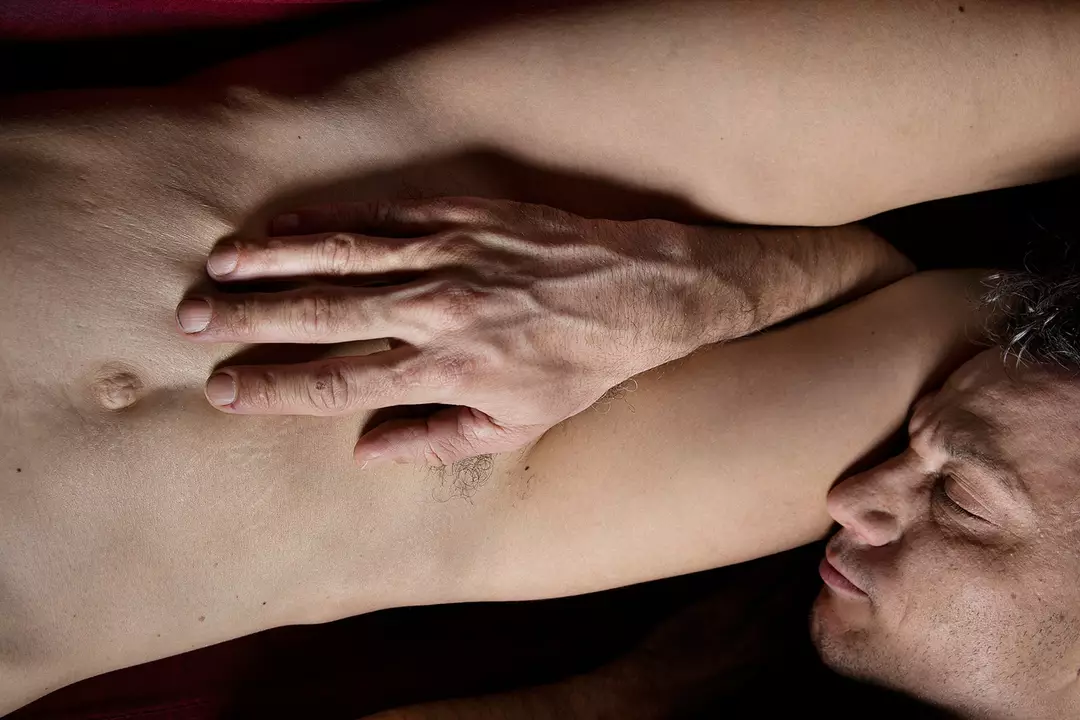SEARCH
Mycosis Fungoides Explained – Simple Facts & Practical Tips
If you’ve heard the term mycosis fungoides (MF) and feel confused, you’re not alone. It’s a type of skin‑related lymphoma that often starts with harmless‑looking patches. Knowing the warning signs and what to expect from diagnosis and treatment can make the whole process less scary.
What Is Mycosis Fungoides?
MF is a slow‑growing cancer that begins in T‑cells, a kind of white blood cell that lives in your skin. Unlike most skin cancers that come from the surface, MF grows deep in the immune system and can look like eczema or psoriasis at first.
The disease usually appears in three stages:
- Patch stage: flat, red or scaly spots that may itch.
- Plaque stage: thicker, raised areas that can be darker.
- Tumor stage: firm nodules that feel different from the earlier patches.
Most people stay in the patch or plaque stages for years before it gets worse. That’s why early spotting matters.
How Do Doctors Figure Out It’s MF?
The first step is a skin exam. Your doctor will look at the pattern, distribution, and feel of any lesions. If MF is suspected, they’ll do a skin biopsy. A tiny piece of skin is taken and examined under a microscope for atypical T‑cells.
Sometimes one biopsy isn’t enough, especially if the first sample looks normal. Doctors may repeat the test or use additional tools like:
- Immunohistochemistry – stains that highlight specific cell markers.
- Molecular tests – check for gene rearrangements unique to MF.
Blood work can also help, because advanced MF sometimes spreads to the bloodstream. Imaging (CT or PET scans) is reserved for later stages when deeper organs might be involved.
Treatment Options You Can Discuss
Because MF progresses slowly, treatment aims to control symptoms and keep the disease from moving forward. Common approaches include:
- Topical steroids or retinoids: reduce inflammation and slow cell growth.
- Phototherapy (UVB or PUVA): uses controlled light exposure to target abnormal T‑cells.
- Radiation therapy: focuses high‑energy beams on stubborn patches or tumors.
If the disease spreads beyond the skin, systemic treatments like oral retinoids, interferon, or newer targeted drugs (brentuximab vedotin, mogamulizumab) may be recommended. Clinical trials are also an option for patients who qualify.
Side effects vary by treatment type. Topical meds usually cause mild irritation; phototherapy can lead to temporary redness. Systemic drugs might affect liver function or blood counts, so regular lab checks are a must.
Living With Mycosis Fungoides
Even though MF is a cancer, many people live normal lives for years with proper care. Here are some everyday tips:
- Protect your skin from harsh soaps and extreme temperatures.
- Stay on top of follow‑up appointments – catching changes early helps keep treatment simple.
- Join a support group or online forum; hearing others’ stories can reduce anxiety.
If you notice new spots, itching that won’t go away, or patches that change color, reach out to your dermatologist right away. Early action is the best way to stay ahead of MF.
Remember, mycosis fungoides isn’t a death sentence. With regular monitoring and tailored therapy, most patients manage the condition well and keep enjoying daily activities.

The Impact of Mycosis Fungoides on Relationships and Intimacy
Mycosis Fungoides has had a significant impact on my relationships and intimacy. The physical symptoms, such as skin rashes and lesions, have made me feel self-conscious and hesitant to engage in intimate moments with my partner. Additionally, the emotional toll of dealing with this rare form of cancer has added stress to our relationship, as we both navigate the challenges of treatment and uncertainty. Despite these setbacks, open communication and understanding have been key in maintaining a strong bond with my loved ones. Ultimately, the support of my partner has been invaluable in coping with the effects of Mycosis Fungoides on my daily life.
Continue reading